Curiosity killed the cat, or so the saying goes. But what if curiosity is simply part of a cat’s genetic makeup? Cats have long been known for their inquisitive nature, often getting into places they shouldn’t or investigating things that pique their interest. However, not all cats display the same level of curiosity. Some are more daring and adventurous, while others prefer to observe from a distance. Could this distinction be rooted in genetics? Let’s delve into this fascinating subject and explore why some cats are more curious than others.
The Role of Genetics in Cat Behavior
Genetics plays a crucial role in shaping the behavior of any animal, including cats. Just like humans, cats inherit traits from their parents that influence how they interact with the world. These inherited traits can determine a cat’s temperament, energy levels, and curiosity. If you’ve ever noticed how some cats seem naturally more adventurous than others, it could be due to the genes they inherited. Understanding the genetic influences on behavior can help pet owners better manage and appreciate their feline companions.
Nature vs. Nurture: A Delicate Balance
While genetics has a significant impact on a cat’s behavior, the environment also plays a vital role. The age-old debate of nature versus nurture is very much alive when it comes to our feline friends. A cat’s early experiences, socialization, and environment can either amplify or dampen their innate curiosity. For instance, a cat that grows up in a stimulating environment with plenty of toys and interaction is likely to be more curious than one that doesn’t. Hence, while genetics lays the foundation, experiences build the structure.
Understanding Cat Breeds and Their Curiosity Levels
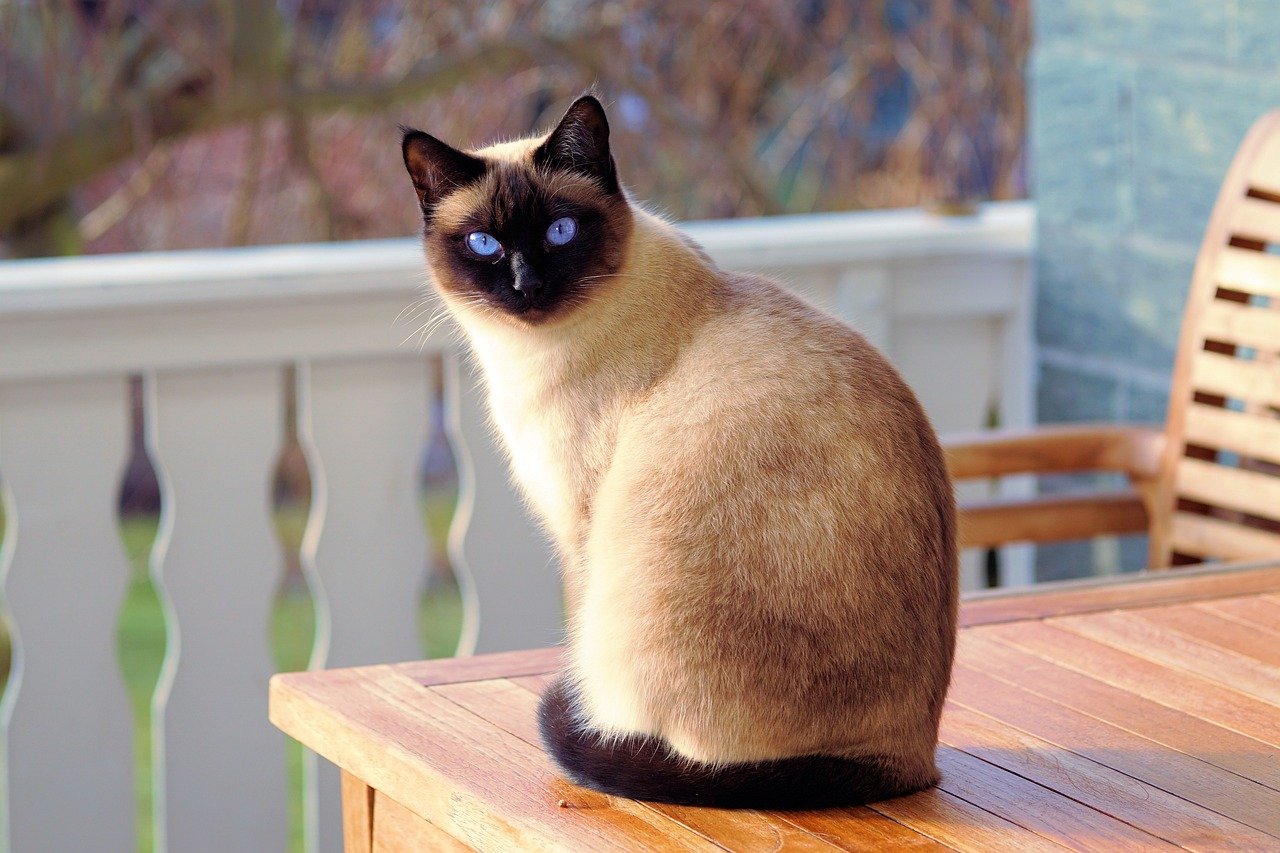
Different cat breeds exhibit varying levels of curiosity. Some breeds, like the Siamese and Abyssinian, are known for their playful and inquisitive nature. These cats often explore their surroundings and engage with their environment actively. On the other hand, breeds like the Persian may be more laid-back and less inclined to investigate every nook and cranny. This difference in behavior is largely attributed to the genetic makeup of each breed, which determines their natural inclinations.
The Influence of Ancestry on Behavior
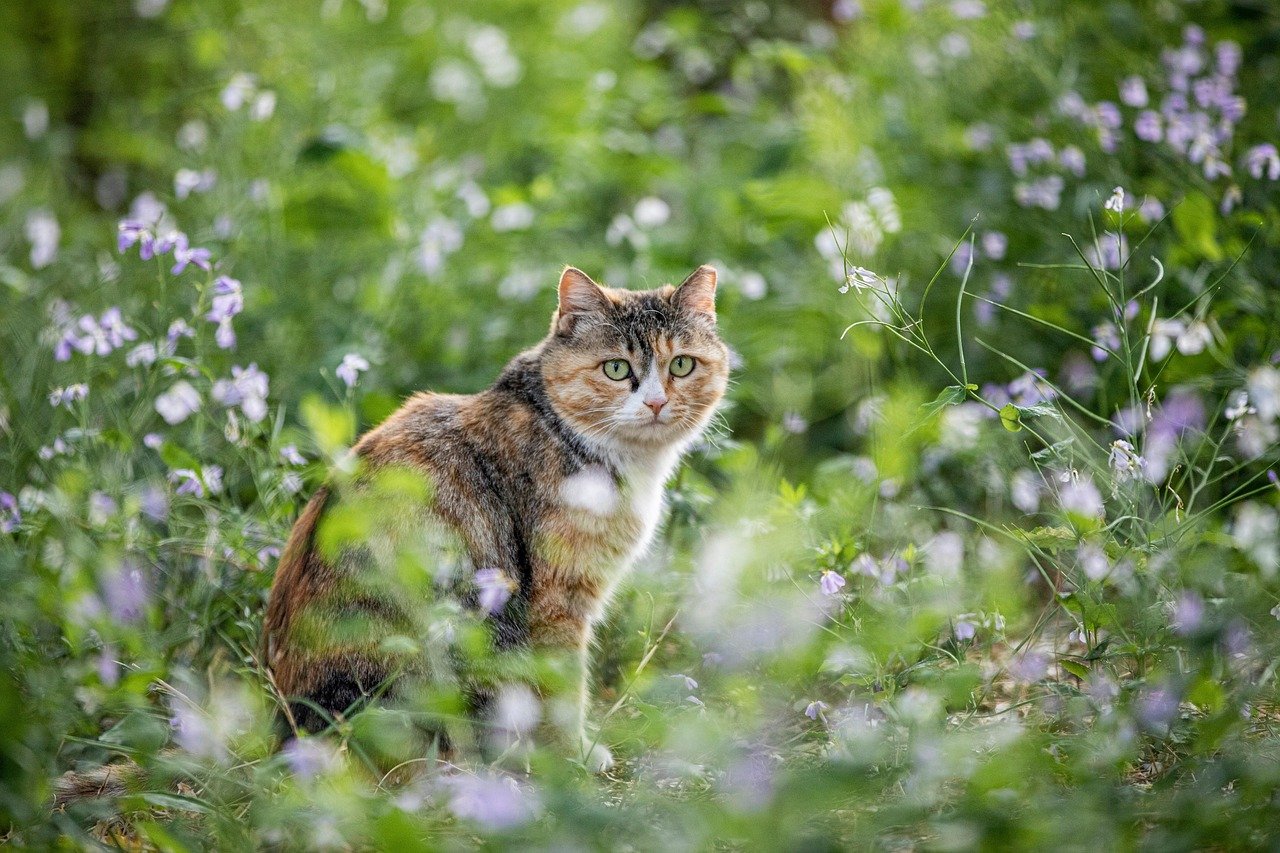
A cat’s ancestry can also shed light on its behavior. Cats that have wild ancestors, such as the Bengal or the Savannah, often retain some of the curious and adventurous traits of their wild forebears. These cats might exhibit a strong desire to explore their surroundings and engage in hunting-like behavior. Their ancestry has equipped them with heightened senses and instincts, making them more curious and alert compared to domesticated breeds with a longer history of human interaction.
The Role of Neuropeptides in Curiosity
Neuropeptides are small protein-like molecules used by neurons to communicate with each other. They play a significant role in regulating mood, behavior, and even curiosity. In cats, certain neuropeptides can influence their level of curiosity by affecting their brain’s reward system. When a cat explores something new, these neuropeptides can trigger feelings of pleasure and satisfaction, encouraging further exploration. This biological mechanism is a fascinating area of study in understanding feline behavior.
Hormones and Their Impact on Feline Curiosity
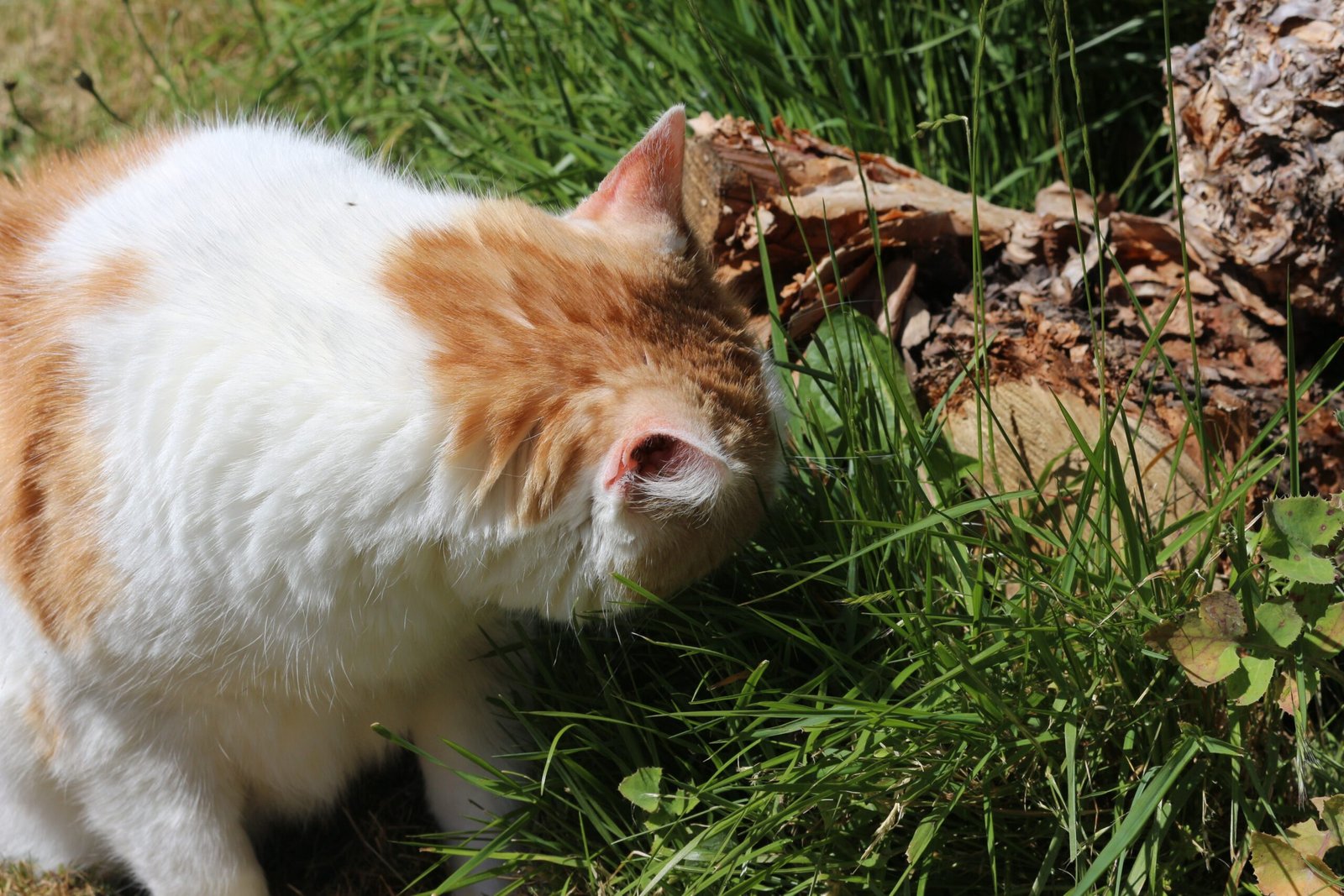
Hormones are another factor that can affect a cat’s curiosity. For instance, cats with higher levels of certain hormones, such as dopamine, are often more adventurous and willing to explore. Dopamine is known as the “feel-good” hormone and is linked to motivation and pleasure. Cats with higher dopamine levels may find exploration more rewarding, driving them to be more curious. Understanding the hormonal influences on behavior can provide insights into why some cats are more inquisitive than others.
The Importance of Early Socialization

Early socialization is crucial in shaping a cat’s behavior. Kittens exposed to various stimuli, people, and other animals during their formative weeks tend to be more confident and curious. This exposure helps them develop the skills needed to navigate and explore their environment. Conversely, kittens that miss out on early socialization may grow up to be timid or less curious. Pet owners can play a significant role in fostering curiosity by providing a safe and enriching environment during a kitten’s early life.
Environmental Enrichment: A Curiosity Booster
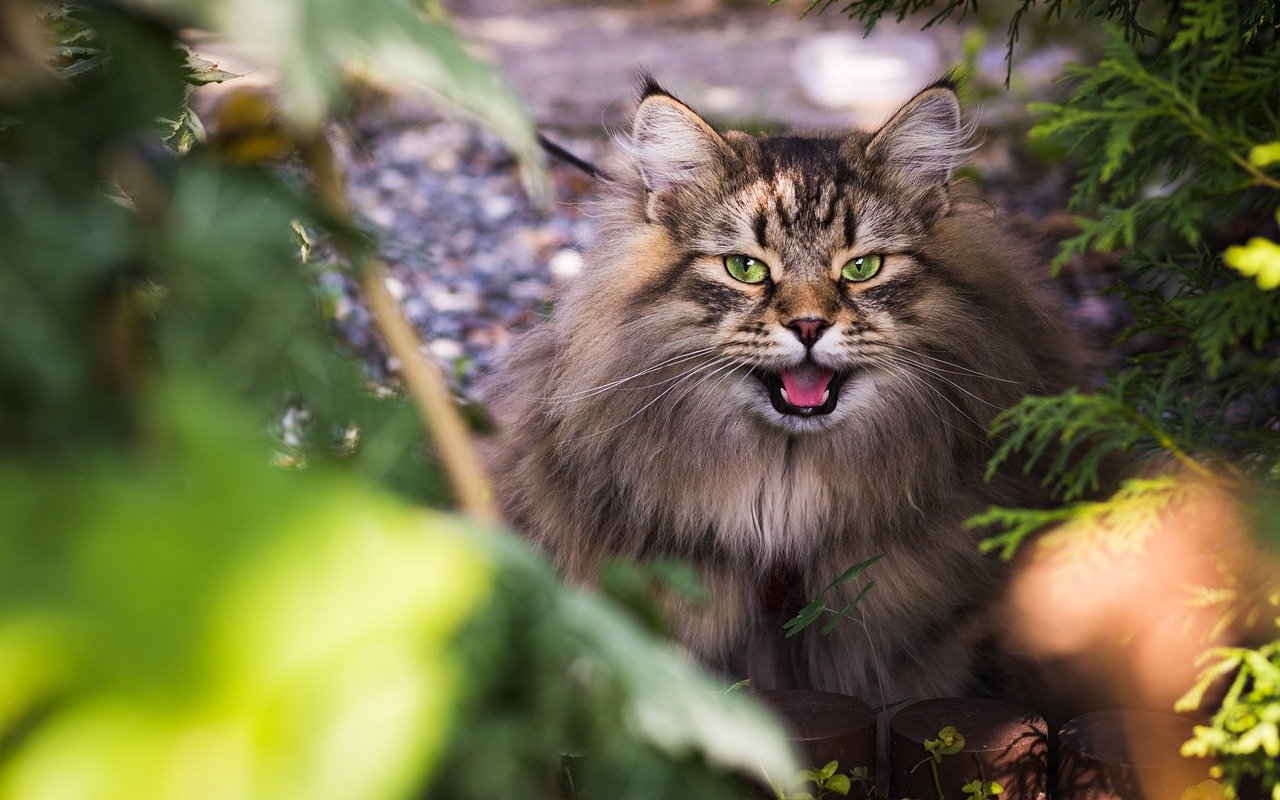
Creating an enriching environment is key to stimulating a cat’s curiosity. Providing toys, scratching posts, and interactive play can encourage a cat to explore and engage with its surroundings. Additionally, introducing new objects or rearranging furniture can pique a cat’s interest and keep them mentally stimulated. An enriched environment not only satisfies a cat’s natural curiosity but also prevents boredom, which can lead to behavioral issues.
The Impact of Human Interaction
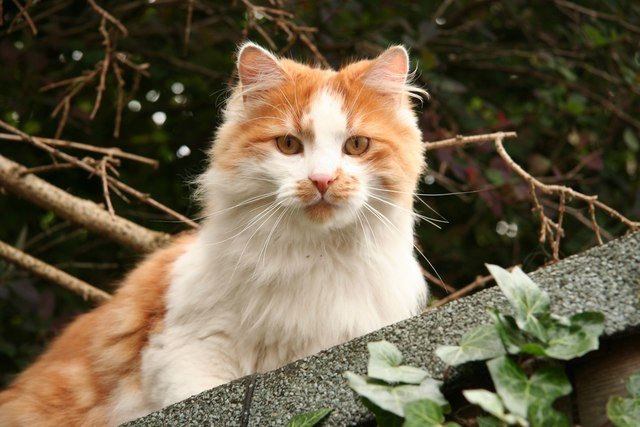
Human interaction significantly influences a cat’s curiosity. Cats that receive regular attention, playtime, and affection from their owners are likely to be more curious and confident. Engaging with your cat through play and training can strengthen your bond and encourage exploration. Simple activities like using a laser pointer or feather toy can stimulate a cat’s predatory instincts and satisfy their need for curiosity-driven play.
Curiosity and Health: A Connection
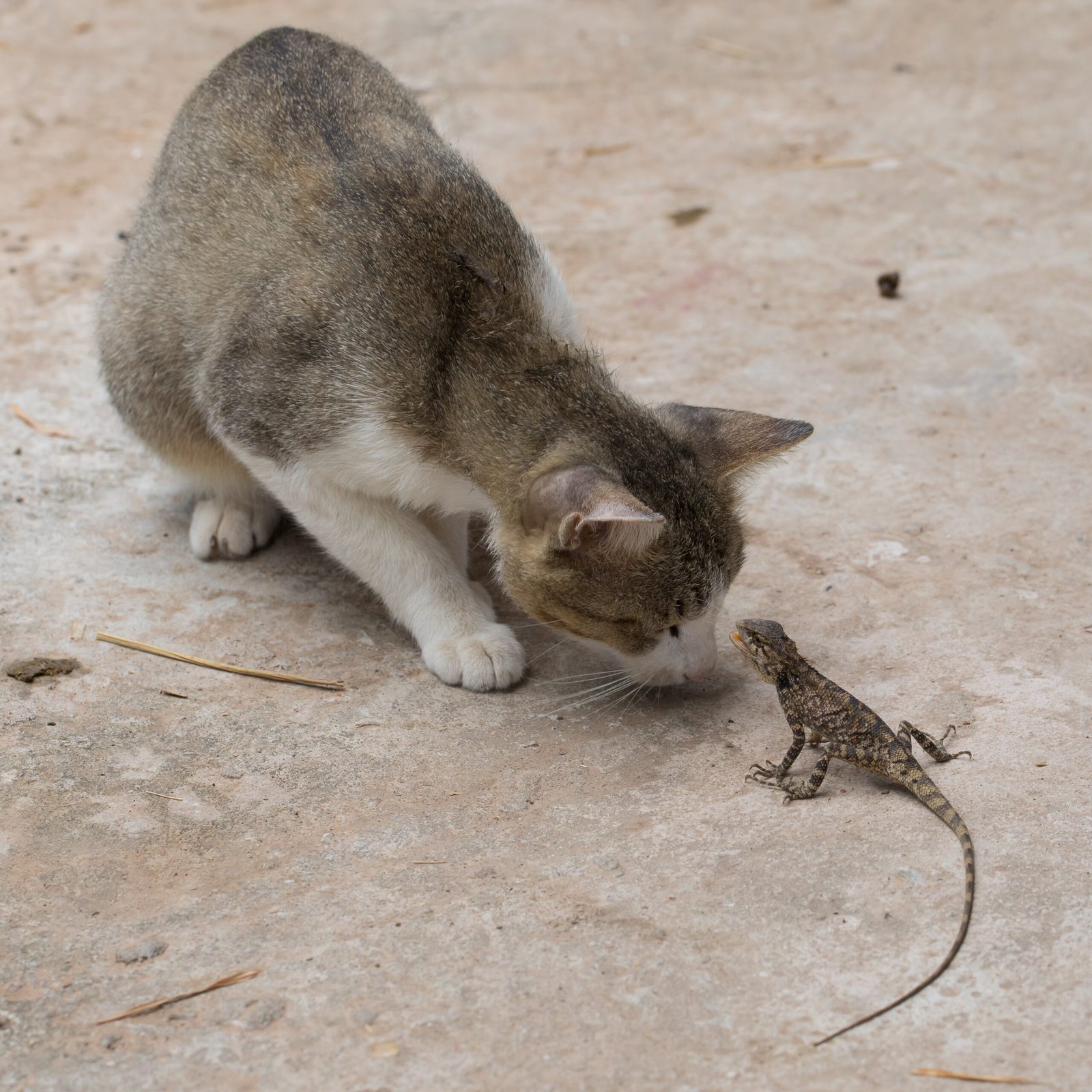
A curious cat is often a healthy cat. Engaging in exploratory behavior provides both mental and physical exercise, contributing to a cat’s overall well-being. Curiosity-driven activities can help maintain a healthy weight, reduce stress, and improve cognitive function. Conversely, a lack of curiosity may indicate underlying health issues or stress. Monitoring changes in your cat’s curiosity levels can provide valuable insights into their health and happiness.
Recognizing Individual Personality Traits
Just like people, cats have unique personalities. While some cats are naturally more curious, others may be more reserved. Recognizing and respecting your cat’s individuality is important. Forcing a shy or cautious cat into situations that make them uncomfortable can lead to stress or anxiety. Instead, understanding their comfort levels and providing appropriate opportunities for exploration can help nurture their natural curiosity.
The Evolutionary Perspective
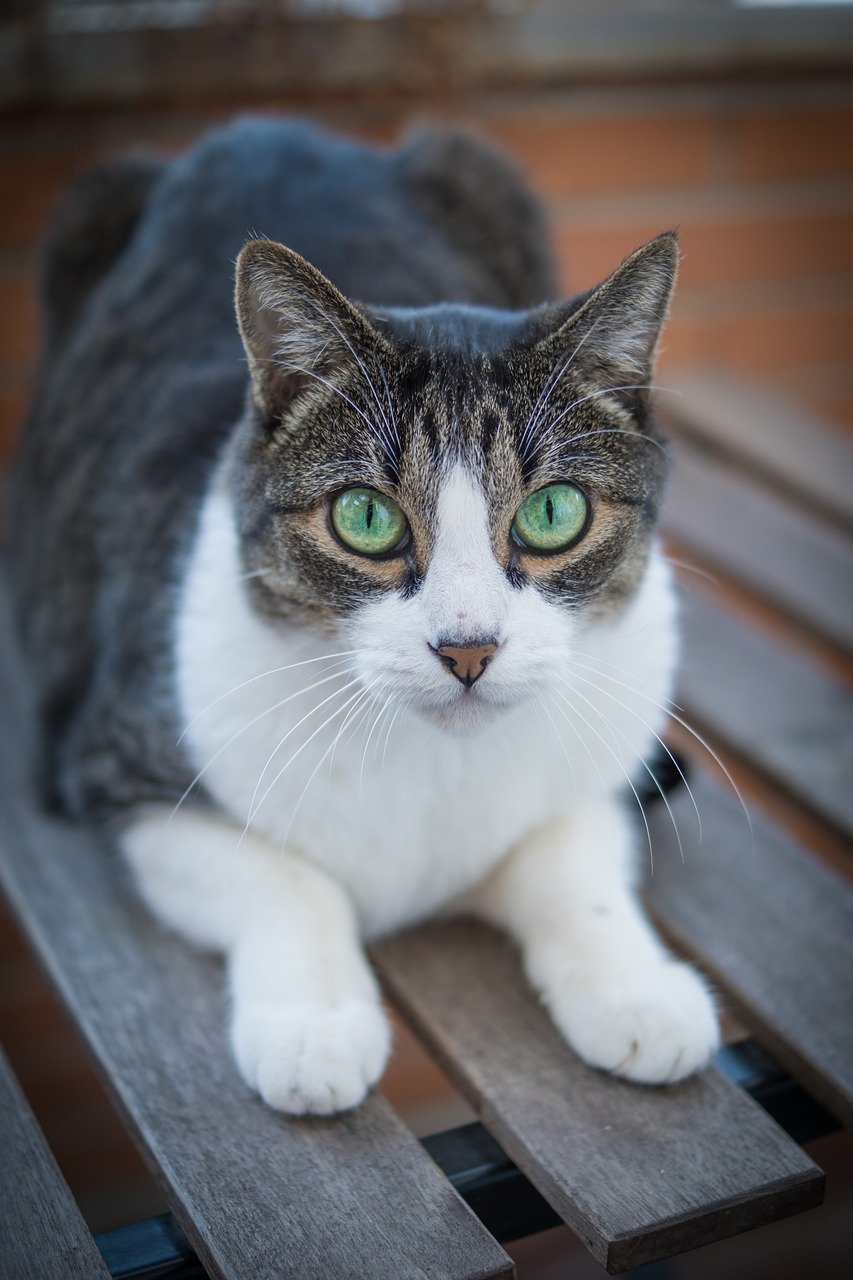
From an evolutionary standpoint, curiosity has been a survival trait for cats. In the wild, being curious helps cats hunt for food, find shelter, and avoid predators. This innate curiosity has been passed down through generations, even as cats have become domesticated. Understanding the evolutionary roots of curiosity can provide insights into why this trait remains prevalent in cats today.
The Role of Brain Structure in Curiosity
The brain structure of cats plays a critical role in their behavior. Certain areas of the brain, such as the hippocampus, are associated with learning, memory, and exploration. Cats with more developed brain structures in these areas may exhibit higher levels of curiosity. This neurological perspective highlights the complexity of feline behavior and the interplay between genetics and brain development.
Case Studies: Curious Cats and Their Journeys
Real-life examples can provide fascinating insights into feline curiosity. Stories of cats that have traveled long distances or solved complex puzzles highlight their inquisitive nature. These case studies offer a glimpse into how curiosity motivates cats to overcome obstacles and explore their world. Such tales not only entertain but also inspire us to appreciate the unique qualities of our feline friends.
Curiosity and Aging in Cats
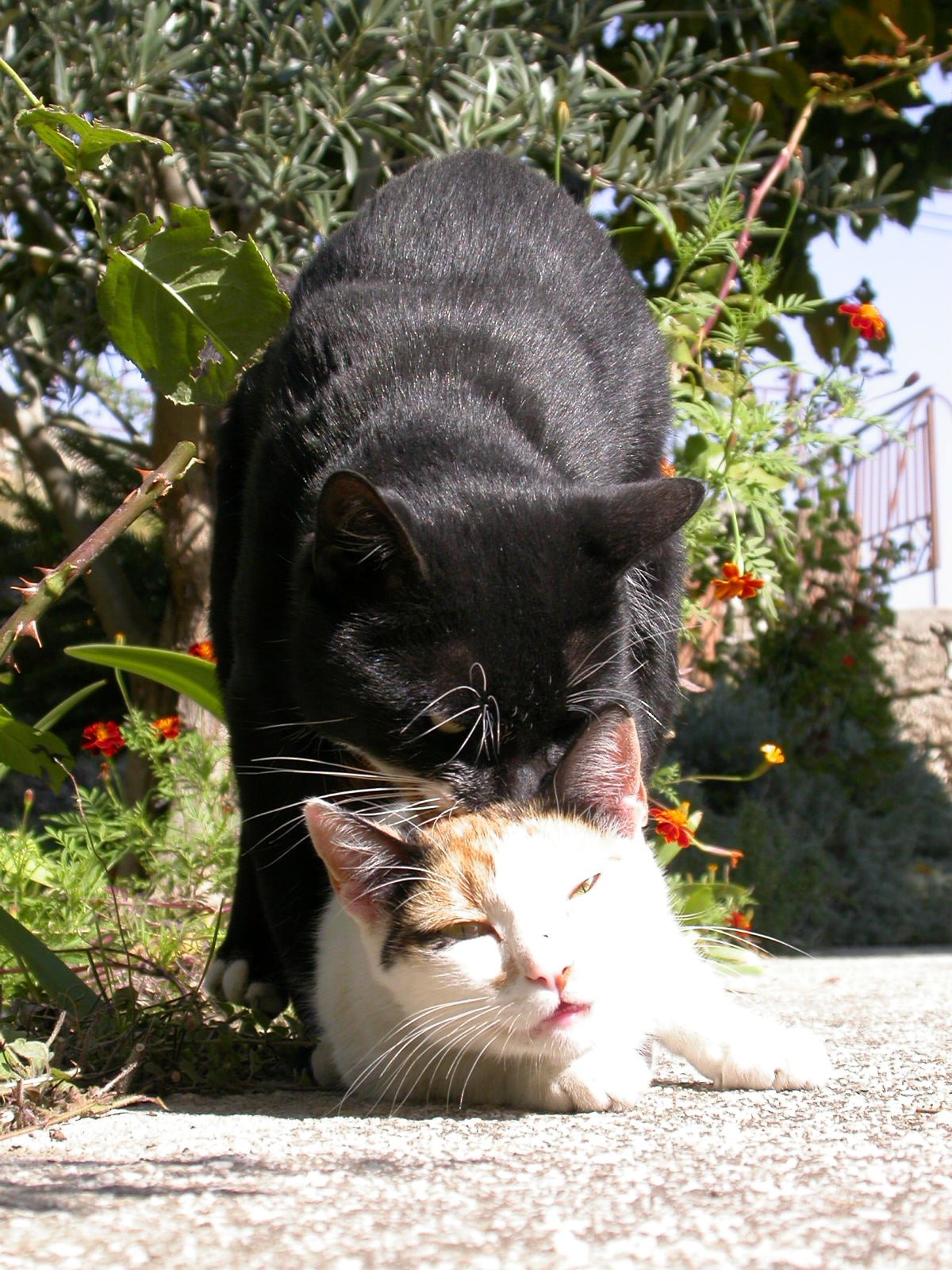
As cats age, changes in curiosity levels are natural. Older cats may become less adventurous due to physical limitations or cognitive decline. However, maintaining a stimulating environment and engaging in gentle play can help keep them mentally active. Understanding the effects of aging on curiosity allows pet owners to adapt their care strategies and ensure their senior cats remain happy and healthy.
Curiosity and Play: A Symbiotic Relationship
Play and curiosity are closely linked in cats. Curiosity often drives play behavior, and play, in turn, stimulates curiosity. Engaging in play allows cats to practice hunting skills, explore new objects, and satisfy their inquisitive nature. Providing a variety of toys and interactive games can enhance this symbiotic relationship, ensuring your cat remains curious and engaged.
How to Encourage Safe Exploration
Encouraging safe exploration is vital for a cat’s well-being. Creating a secure environment where your cat can explore without danger is essential. This includes securing windows, removing toxic plants, and providing safe hiding spots. By ensuring a safe space, you allow your cat to indulge in their curiosity without risking harm, promoting a healthy and adventurous lifestyle.
Understanding Fear and Its Impact on Curiosity
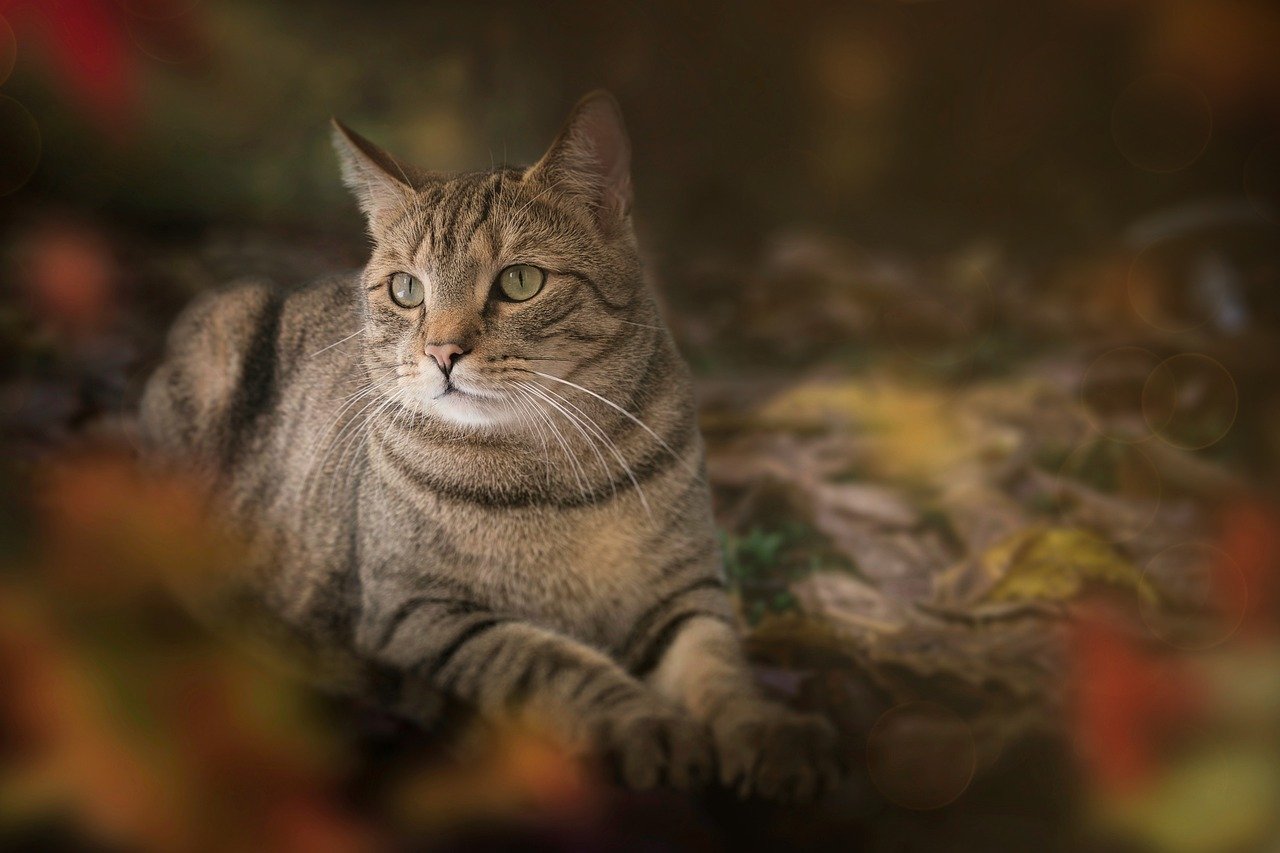
Fear can significantly impact a cat’s curiosity. Cats that are fearful or anxious may be less inclined to explore or take risks. Identifying and addressing the sources of fear is crucial in helping your cat regain their curiosity. Whether it’s a noisy environment or unfamiliar people, reducing stressors can encourage a more confident and curious cat.
The Future of Feline Curiosity Research

Research into feline behavior and genetics is ongoing, with new discoveries continuously emerging. Scientists are exploring the genetic markers and neurological pathways that influence curiosity. These findings have the potential to enhance our understanding of feline behavior and improve the care and enrichment we provide to our cats. The future of feline curiosity research holds promise for both pet owners and the scientific community.
Understanding the genetic and environmental factors that influence a cat’s curiosity can deepen our appreciation for these fascinating creatures. By recognizing and nurturing their natural instincts, we can ensure our feline friends lead fulfilling and enriched lives.
Hi, I’m Bola, a passionate writer and creative strategist with a knack for crafting compelling content that educates, inspires, and connects. Over the years, I’ve honed my skills across various writing fields, including content creation, copywriting, online course development, and video scriptwriting.
When I’m not at my desk, you’ll find me exploring new ideas, reading books, or brainstorming creative ways to solve challenges. I believe that words have the power to transform, and I’m here to help you leverage that power for success.
Thanks for stopping by, Keep coming to this website to checkout new articles form me. You’d always love it!






